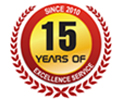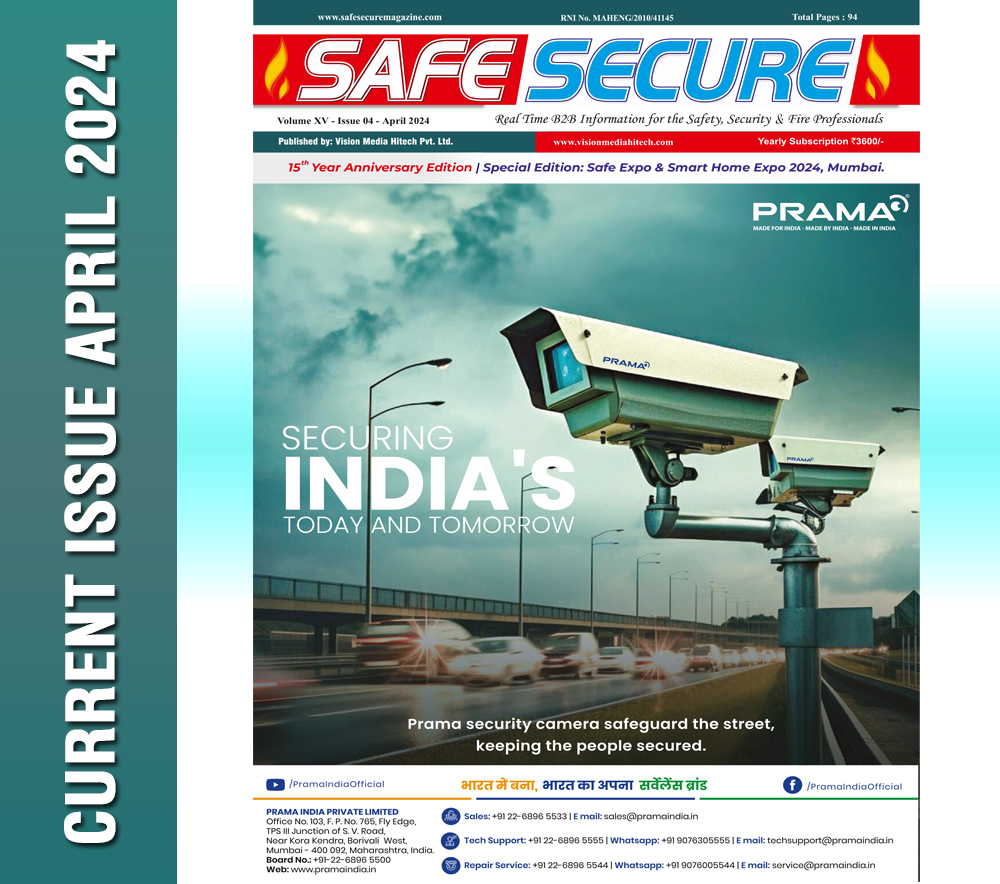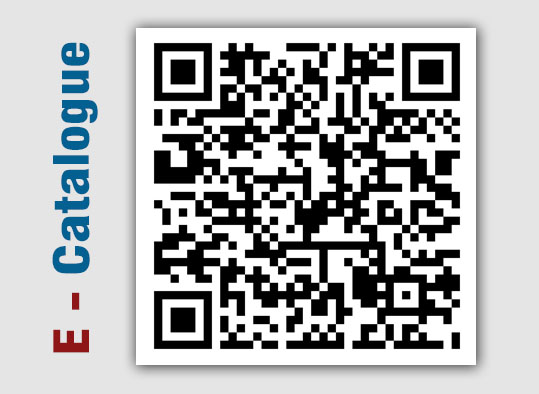India’s growing UAV industry begins to take flight The Next perspective -Changer in Development

Dr. Mukta
Girdhar
Director
Disaster Resilient
& Research Foundation
Introduction
The UAV is an aerial
vehicle with no pilot to man controls. They can be remotely controlled by
personnel on ground or by pre-programmed flight plans. Of late, the UAVs have become increasingly more sophisticated,
and the term UAV has been changed to UAS, an acronym for Unmanned Aircraft
System.
The change amplifies the fact that apart from being an aerial vehicle, this complex system includes ground stations, satellite connectivity, sometimes onboard weapons, and other components. Militarily, Disasters, search and Rescue, Ambulance, fire fighting these systems are gaining tremendous importance, as they can conduct precision strikes, damage on faraway targets without collateral damage Assessment, delivery in time, patient can be carry quickly.
Drones offer tremendous benefits to almost all sectors of the economy like – agriculture, mining, infrastructure, surveillance, emergency response, transportation, geospatial mapping, defense and law enforcement etc. Drones can be significant creators of employment and economic growth due to their reach, versatility, and ease of use, especially in India’s remote and inaccessible areas.
The earliest attempt to use the UAVs was as aerial targets in 1915. The first operational usage began in 1959 when the US Air Force (USAF) officers commenced planning for unmanned flights to avoid losing trained pilots over hostile territory. This plan gained further momentum when Gary Powers piloting a U-2 spy aircraft aircraft was shot down over the erstwhile Soviet Union in 1960. This propelled a classified UAV programme to be started under the code name Red Wagon.
The UAVs were used in August 1964 in clashes with the Vietnamese Navy in the Gulf of Tonkin. Thereafter, the USAF 100th Strategic Reconnaissance Wing flew more than 3000 sorties during the Vietnam War.
The initial generation of UAVs were primarily used for surveillance. With increased operational requirements they were armed and they became known as Unmanned Combat Aerial Vehicles. (UCAVs). Broadly military UAVs are used for surveillance, direction of artillery fire, gathering Electronic Intelligence (ELINT) information, lasing targets for fighter aircraft and Post strike Damage Assessment (PSDA). Recently it has been used Russia Ukraine war very extensively.
A high-altitude India-made drone being used for reconnaissance at the tense Line of Actual Control (LAC) with China, a joint venture between an Indian conglomerate and an Israeli defence giant operating out of Hyderabad, and a Bengaluru-based drone technology venture acquired by one of India’s biggest business houses — these are minor glimpses into India’s burgeoning, if nascent, private military drone manufacturing industry.
In August 2021, new rules for drone technologies were notified by the central government. The ‘Drone Rules 2021’ form the government’s ideational bedrock to catalyse a booming indigenous drone production industry
Classification of unmanned aircraft systems
The unmanned aircraft system shall, based on the maximum all-up weight including payload, be classified as follows
• Nano unmanned aircraft system: weighing less than or equal to 250 grams;
• Micro unmanned aircraft system: weighing more than 250 grams, but less than or equal to Two kilograms;
• Small unmanned aircraft system: weighing more than Two kilograms, but less than or equal to 25 kilograms;
• Medium unmanned aircraft system: weighing more than 25 kilograms, but less than or equal to 150 kilograms
• Large unmanned aircraft system: weighing more than 150 kilograms.
Some Types of Drone
Features of Updated Drone Rules, 2021
• Based on a premise of trust, self-certification and non-intrusive monitoring.
• Designed to usher in an era of super-normal
growth while balancing safety and security considerations.
• Several approvals abolished: unique authorisation number, unique prototype identification number, certificate of manufacturing and airworthiness, certificate of conformance, certificate of maintenance, import clearance, acceptance of existing drones, operator permit, authorisation of R&D organisation, student remote pilot license, remote pilot instructor authorisation, drone port authorisation etc.
• Number of forms reduced from 25 to 5.
• Types of fee reduced from 72 to 4.
• Quantum of fee reduced to nominal levels and delinked with size of drone. For instance, the fee for a remote pilot license fee has been reduced from INR 3000 (for large drone) to INR 100 for all categories of drones; and is valid for 10 years.
• Digital sky platform being developed as a user-friendly online single-window system. There will be minimal human interface and most permission will be self-generated.
• Interactive drone airspace map with red and
yellow zones shall be displayed.
• No permission required for operating drones
in green zones.
• Yellow zone, where ATC permission is
required, has been reduced from 45 km to 12 km from the airport perimeter.
• No remote pilot license required for micro
drones (for non-commercial use) and nano drones.
• No requirement of Type Certificate, unique identification number and remote pilot license by R&D entities operating drones in own or rented premises, located in a green zone.
• Requirement of import clearance from DGCA
abolished. No security clearance required before issuance of any registration
or license.
• Coverage of drones under drone rules, 2021
increased from 300 kg to 500 kg. This will cover drone taxis also.
• DGCA shall prescribe drone training
requirements, oversee drone schools and provide pilot licenses online.
• No restriction on foreign ownership in Indian
drone companies
• Remote pilot license to be issued by DGCA within 15 days of pilot receiving the remote pilot certificate from an authorised drone school through the digital sky platform.
• Testing of drones for issuance of Type
Certificate to be carried out by Quality Council of India or authorised testing
entities.
• Type Certificate required only when a drone is to be operated in India. Importing and manufacturing drones purely for exports are exempt from type certification and unique identification number.
• Nano and model drones (made for research or
recreation purposes) are exempt from type certification.
• Manufacturers and importers may generate
their drones’ unique identification number on the digital sky platform through
the self-certification route.
• Easier process specified for transfer and
deregistration of drones through the digital sky platform.
• Drones present in India on or before 30 Nov 2021 will be issued a unique identification number through the digital sky platform provided, they have a DAN (Device Acknowledgment Number), a GST-paid invoice and are part of the list of DGCA-approved drones.
• Standard operating procedures (SOP) and training procedure manuals (TPM) will be prescribed by DGCA on the digital sky platform for self-monitoring by users. No approvals required unless there is a significant departure from the prescribed procedures.
• Safety and security features like ‘No Permission – No Takeoff’ (NPNT), real-time tracking beacon, geo-fencing etc. to be notified in future. A six-month lead time will be provided to the industry for compliance.
• Maximum penalty for violations reduced to INR
One lakh. It was several lakhs earlier.
• Drone corridors will be developed for cargo
deliveries.
• Drone promotion council to be set up by
government with participation from academia, start-ups and other stakeholders
to facilitate a growth-oriented regulatory regime.
Employment of UAVs in India
UAVs are great force
multipliers and there must be synergy between the three Services to optimise
their employment. One good thing which is happening in the recent years is that
all acquisitions are cleared by the Chiefs of Staff Committee, rotationally
headed by the senior most of the three Service Chiefs, and they work now on
common specifications to the extent possible. The resulting coordination is
useful.
The UAVs could be
employed for multifarious tasks fruitfully, in coordinated tasks.
Presently, the three Indian Services have a rather limited numbers of these aerial vehicles and each Service is looking towards its increasing individual requirements. There should be a phenomenal rise in their numbers in the coming years.
Recent Developments
• Digital Sky Platform The Ministry of Civil Aviation launched the Digital Sky Platform, a unique unmanned traffic management (UTM) system which will facilitate registration and licensing of drones and operators in addition to giving instant (online) clearances to operators for every flight. The Digital Sky Platform will enable online registration of pilots, devices, service providers, and NPNT (no permission, no take-off).
• Government is working as enabler by creating demand structure for Drones Addressing the session on Drones for Public Good – Mass Awareness Program, organized by FICCI on October 06, 2021, Union Civil Aviation Minister Jyotiraditya Scindia said that the government’s role has changed under the leadership of Prime Minister Narendra Modi, and it is working as an enabler, and not a regulator, looking at a new approach of evidence-based policymaking for drones. Union Civil Aviation Minister said technology promotion is crucial and drone technology will bring those living at the margins to the centre of development. “Drones play a crucial role in connecting the people from the length and breadth of the country.”
• Five Drone Schools to be set-up in Madhya Pradesh Gwalior Drone Mela was organised on 11 December jointly by Ministry of Civil Aviation, Government of India, Government of Madhya Pradesh, Federation of Indian Chambers of Commerce & Industry (FICCI) at Madhav Institute of Technology & Science (MITS), Gwalior. This is part of the series of events planned under the Azadi ka Amrit Mahotsav celebration. The programme was the biggest congregation of drone manufacturers, service providers, drone enthusiasts and user communities, especially students, farmers and common man of the city. Programme included drone exhibition, demonstration, drone spardha, industry – user interactions and launches.
Conclusion
Drones have already broken through rigid traditional barriers in
industries. Over the past few years, drones have become central to the
functions of various businesses and governmental organizations and have managed
to pierce through areas where certain industries were either stagnant or
lagging behind. From quick deliveries at rush hour to scanning an unreachable
military base, drones are proving to be extremely beneficial in places where
man cannot reach or is unable to perform in a timely and efficient manner.
Increasing work
efficiency and productivity, decreasing workload and production costs,
improving accuracy, refining service and customer relations, and resolving
security issues on a vast scale are a few of the top uses drones offer
industries globally. Adoption of drone technology across industries leapt from
the fad stage to the mega-trend stage fairly quickly as more and more
businesses started to realize its potential, scope, and scale of global reach.
Whether drones are controlled by a remote or accessed via a Smartphone app, they possess the capability of reaching the most remote areas with little to no manpower needed and require the least amount of effort, time, and energy. This is one of the biggest reasons why they are being adopted worldwide, especially by these four sectors: Military, Commercial, Personal, and Future Technology
(This "Expert Talk" Published in October 2022 Edition)












